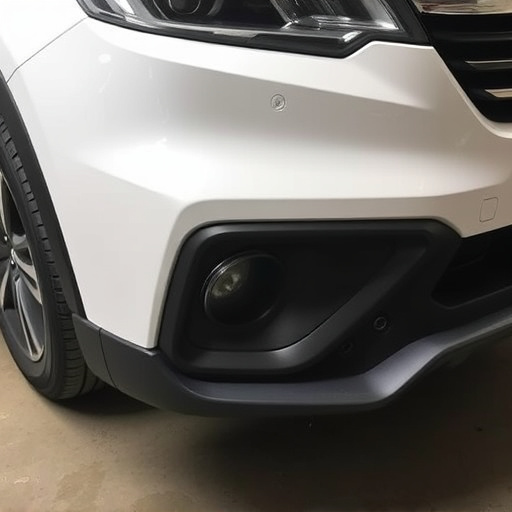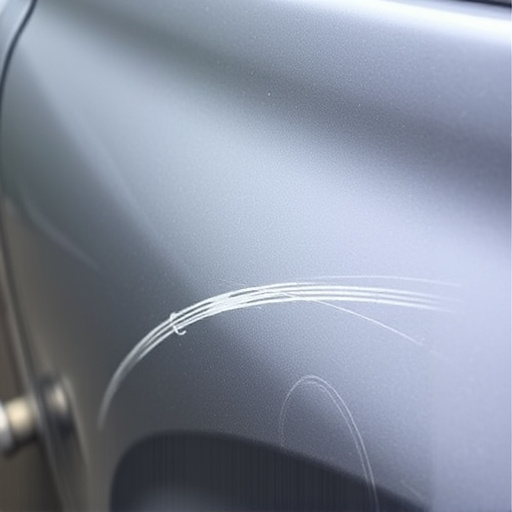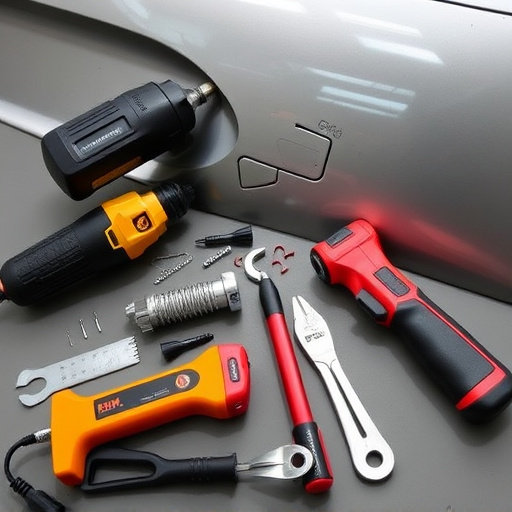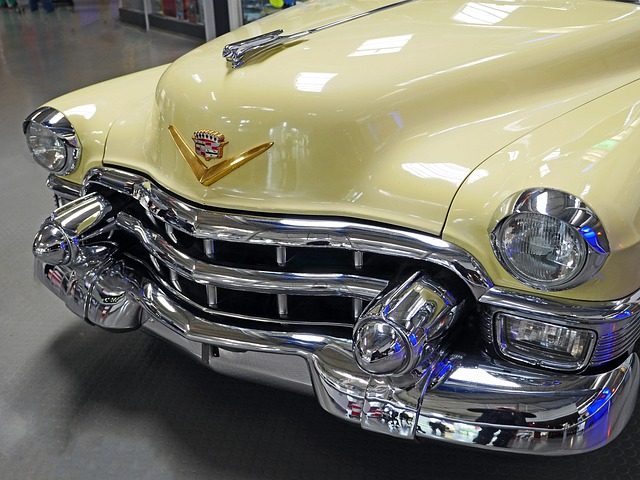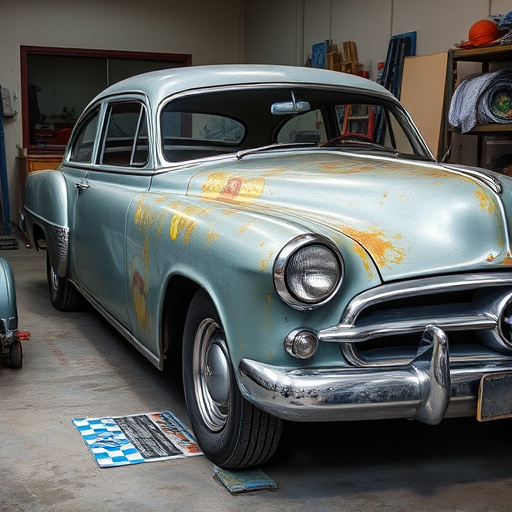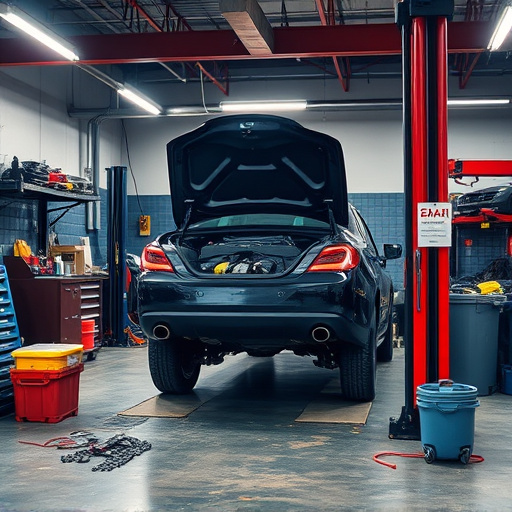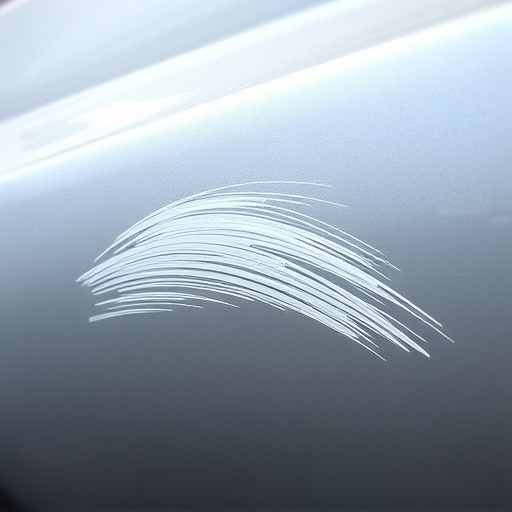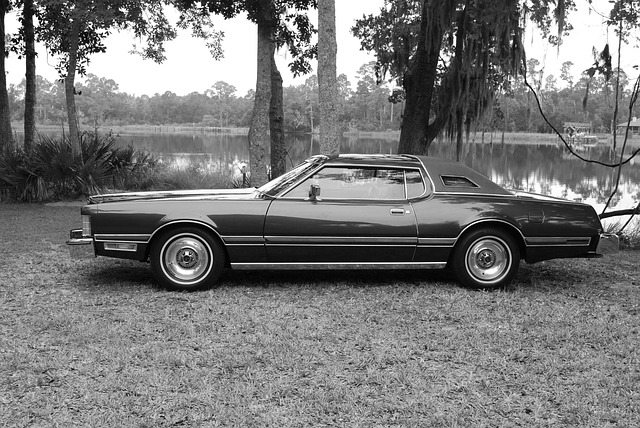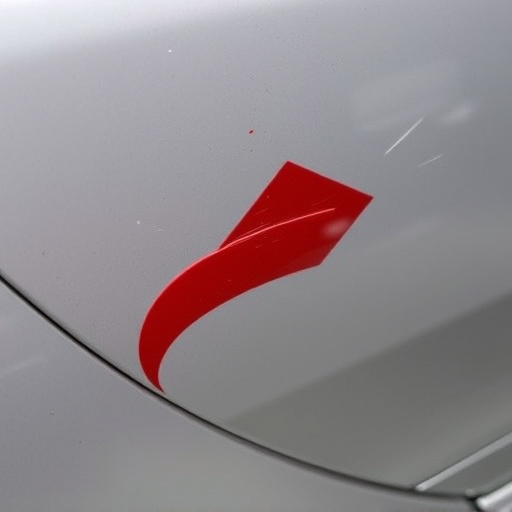Mercedes fragrance system repair relies on fault codes to identify and resolve issues in this intricate scent-dispensing mechanism. Common problems involve airflow sensors, valve controls, and power supply glitches, often stemming from car body restoration or collisions. Diagnostic tools, including specialized software and hardware, assist technicians in reading codes, tracing signal paths, and testing components like sensors, valves, and pumps. Restoring the system involves code interpretation, component testing, cleaning, reassembly, recalibration, and final comprehensive testing for optimal performance.
Experience the essence of luxury with a restored Mercedes fragrance system. This in-depth guide delves into the intricate world of Mercedes fragrance system repair, addressing common fault codes and diagnostics. Learn how to interpret error messages and leverage advanced tools for accurate identification. Follow our step-by-step restoration process, ensuring optimal performance and a rejuvenated aroma experience. Master the art of maintaining your Mercedes’ signature scent with this comprehensive tutorial focused on Mercedes fragrance system repair.
- Understanding Mercedes Fragrance System Fault Codes
- Diagnostic Tools for Efficient Repair
- Step-by-Step Guide to System Restoration
Understanding Mercedes Fragrance System Fault Codes
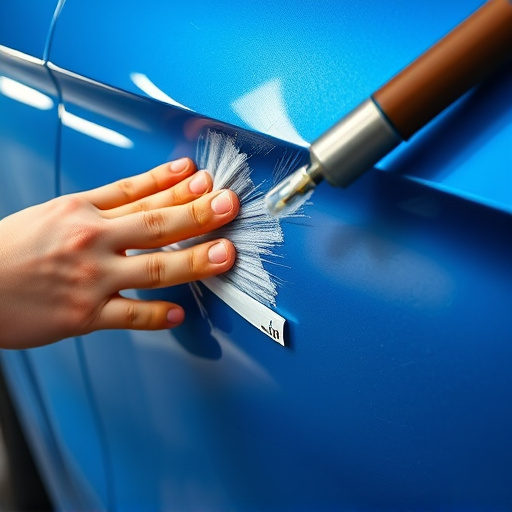
Mercedes Fragrance System fault codes are a critical indicator of potential issues within this sophisticated scent-dispensing mechanism. These codes, generated by an intricate network of sensors and electronics, provide valuable insights into the system’s performance. Each code corresponds to a specific component or sensor malfunction, enabling technicians to pinpoint the exact problem during Mercedes fragrance system repair.
Understanding these fault codes is akin to deciphering a map, guiding repairs efficiently. Common issues may involve faulty sensors detecting inadequate air flow, malfunctioning valve controls leading to improper scent distribution, or even power supply problems. During diagnostics, technicians use specialized tools to read and interpret these codes, often discovering underlying causes related to car body restoration, bumper repair, or collision repair, ensuring the overall integrity of the vehicle’s interior environment.
Diagnostic Tools for Efficient Repair
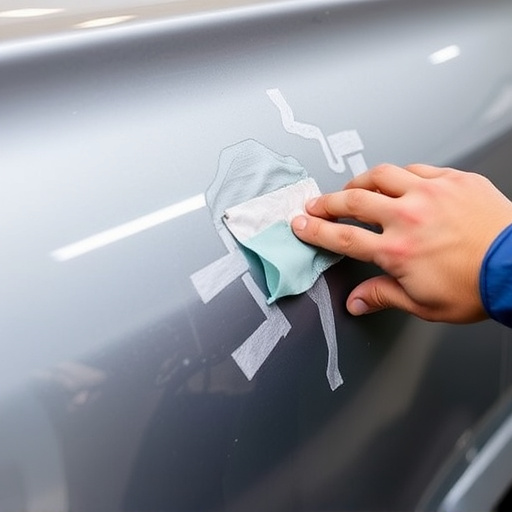
In the realm of Mercedes fragrance system repair, diagnostic tools play a pivotal role in ensuring efficient and accurate repairs. Modern workshops employ advanced computer systems that are directly linked to the vehicle’s diagnostics network, allowing for precise identification of fault codes related to the Mercedes fragrance system. These systems can detect even subtle anomalies, ranging from sensor malfunctions to electrical glitches, providing mechanics with invaluable insights for effective troubleshooting.
With the aid of specialized software and hardware, technicians can navigate through complex networks, trace signal paths, and monitor real-time data flows. This comprehensive approach not only facilitates the quick resolution of issues like car scratch repair or hail damage repair affecting the vehicle’s bodywork but also minimizes downtime for Mercedes owners. By leveraging these diagnostic tools, experts can deliver top-tier service, ensuring that the fragrance system operates seamlessly once again.
Step-by-Step Guide to System Restoration
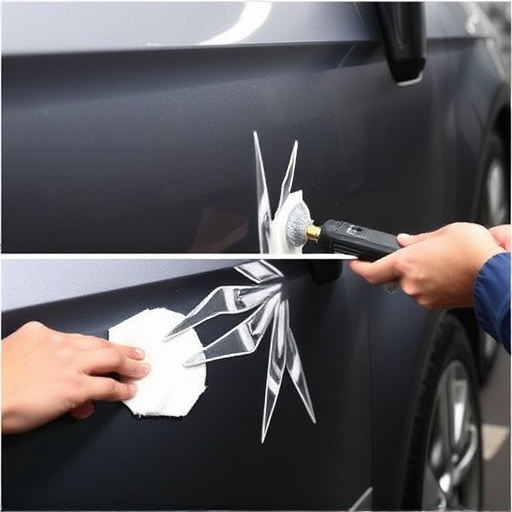
Restoring a Mercedes fragrance system involves a systematic approach to accurately diagnose and resolve any issues. Here’s a step-by-step guide tailored for this intricate process:
1. Identify the Fault Code: Start by retrieving the specific fault code using diagnostic tools designed for Mercedes vehicles. This initial step is crucial in pinpointing the problem area within the fragrance system.
2. Visual Inspection: Physically examine the system, checking for any visible signs of damage, corrosion, or loose connections. A thorough visual inspection often reveals the root cause of the issue, making subsequent troubleshooting more efficient.
3. Component Testing: Test individual components like sensors, valves, and pumps to isolate faulty parts. This involves using specialized tools to simulate various conditions and observe component responses. For instance, testing the evaporator core can help identify if it’s clogged or malfunctioning.
4. Clean and Replace as Necessary: Depending on the findings from steps 2 and 3, proceed with cleaning or replacing components. Accumulated debris or corrosion can disrupt system performance, so thorough cleaning is often required. Ensure you use appropriate automotive restoration products to maintain the system’s integrity.
5. Reassemble and Recalibrate: After replacements, carefully reassemble the system, ensuring proper connections. Recalibration might be needed for sensors to ensure they function accurately within the vehicle’s control module. This step is particularly important in a classic car restoration scenario, where precision is key.
6. Final Testing: Conduct comprehensive testing to verify that all components are functioning optimally and the system operates without faults. This involves cycling the system through various settings and monitoring performance indicators.
Mercedes fragrance system repair is a specialized task that requires understanding fault codes and utilizing appropriate diagnostic tools. By following a structured approach, enthusiasts and professionals can effectively restore these systems, enhancing the ambiance within Mercedes vehicles. With the right knowledge and tools, troubleshooting and fixing issues become manageable, ensuring a pleasant experience for all drivers.
